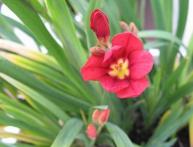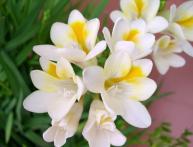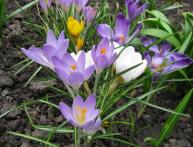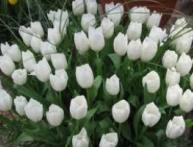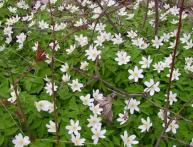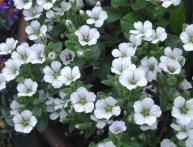Saxifraga flower and its cultivation
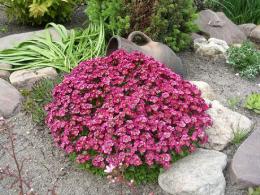
The saxifrage flower belongs to the saxifrage family, which got its name due to the ability of plants live in rock cracks and rocky gorges. In total, there are approximately 250 species of saxifrage, among them there are annuals, biennials and perennials, bryophytes and with rounded leaves, many are decorative. The plant is ground cover, its leaves are pressed tightly to the ground. They grow in the form of rosettes, forming sods. Perennial saxifrages are used in floriculture. Saxifraga flower It is grown both as a houseplant and as a garden plant. Currently, a huge number of varieties and hybrids of these plants have been bred.
Saxifragas are unpretentious; any soil will suit them. They look especially impressive in rock gardens, on alpine hills, rocky areas where not every plant can grow. The saxifrage flower loves good drainage and moderate humidity. Some species grow well in partial shade, others need full sun. To be on the safe side, give them an area where there is sun most of the day. Flowering of some species lasts more than 30 days. These plants tolerate winter in the middle zone very well, no need to cover them.
The plant reproduces seeds and dividing the bush. Seeds are sown in spring in seedling boxes. They are not sealed, but lightly sprinkled with sand. Cover the boxes with glass or polyethylene, building a miniature greenhouse. Moisten the soil by spraying. Shoots will appear in two to three weeks.They grow slowly, and the first true leaf appears only after a month. The plant can be planted in open ground when a rosette has formed, usually this happens only next spring.



